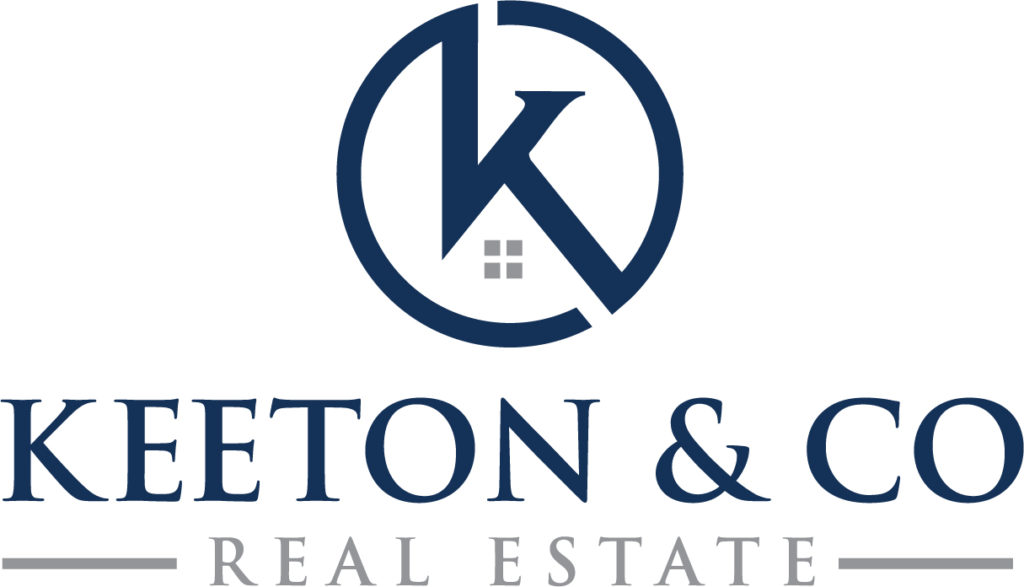As the country moves into year five of the re-regulated mortgage era, loan guidelines continue to become more flexible. If you’re buying or refinancing a home, the following recent developments in expended loan options could affect you. In all cases, each lender’s guidelines will vary, so consult your loan officer to see if any of these fit your profile.
97-percent conforming loans for first-time buyers
In December, Fannie Mae and Freddie Mac rolled out 3-percent down programs targeted at first-time buyers. The loans require mortgage insurance and are capped at $417,000. But with a 3-percent down payment, that translates into a purchase price as high as $429,897.
Both Fannie and Freddie guides say the loans can be obtained with a credit score as low as 620, but each lender can layer its own guidelines on top of Fannie/Freddie guides, so you’ll need to ask your lender for its credit and other requirements.
90-percent jumbo loan with no mortgage insurance
For higher-earning home buyers who need to borrow more than the $417,000 conforming loan cap, an increasing number of jumbo lenders are adding the ability to lend 90 percent of a home’s value with loan amounts up to $1 million — and as high as $1.25 million for exceptional borrowers.
This translates into purchase price ranges of $1,111,111 to $1,388,888 with just 10 percent down and no mortgage insurance, which is a huge cost savings on larger loans. Borrowers typically must have a debt-to-income ratio of 35 percent or less, credit scores of 720 or greater, and at least 12 months cash reserves after the close. These programs are now available with most jumbo lenders.
Re-amortizing jumbo loans
Some large banks who keep their jumbo loans — instead of selling the loans after they close — have begun offering a re-amortization feature on jumbo loans over $417,000. Re-amortization means that your payment will decrease as you pay your loan down.
Depending on the lender, a loan balance pay-down from $5,000 to $20,000 will trigger a payment recalculation. This feature enables higher earners to lower their monthly budget as they chip away at their loan balance using extra income like bonuses or stock compensation. Previously, the only way to lower your payment as you paid your loan down was to use an interest-only loan, but those loans carry higher rates.
Cash recoup after a cash purchase
In some highly competitive U.S. housing markets, it’s been hard for financed offers to compete with cash offers, so buyers have chosen to pay cash, then refinance later. The refinance is normally categorized as a cash-out loan, which has a higher rate and lower loan-to-value ratios. But recently, cash recoup loans have become more mainstream, where a refinance after a cash purchase is given the same favorable rates and loan amount flexibility as a purchase loan.
Ask your lender if it can offer you purchase guidelines when refinancing right after a cash purchase. If you plan to do this, make sure you do it within 90 days of your purchase to comply with IRS mortgage interest deduction rules.
Non-occupying co-borrowers — aka “co-signers”
The ability to use a co-signer on a loan was a widely accessible Freddie Mac guideline that became less common post-crisis, and has returned to the mainstream in recent months as lenders have removed extra guidelines they were layering over this Freddie Mac guideline.
Some lenders allow a truly combined profile to qualify even if it means the co-signer has the majority of the qualifying income. But many lenders will still require the occupying co-borrower to have enough income to qualify for most of the obligation on their own. The co-signer is just there to get them over the hump.
If you need a truly combined profile in this scenario to make your deal work, make absolutely sure your lender is aware of this situation. Conversely, if you do qualify using your own income and mostly just need help with the down payment, make sure to check out the rules for using gift funds for a down payment.
Related:
- Can Shopping Around for a Mortgage Keep You from Getting One?
- Mortgage Pre-Approval 101
- Is It Too Hard To Get a Mortgage?
Powered by WPeMatico
